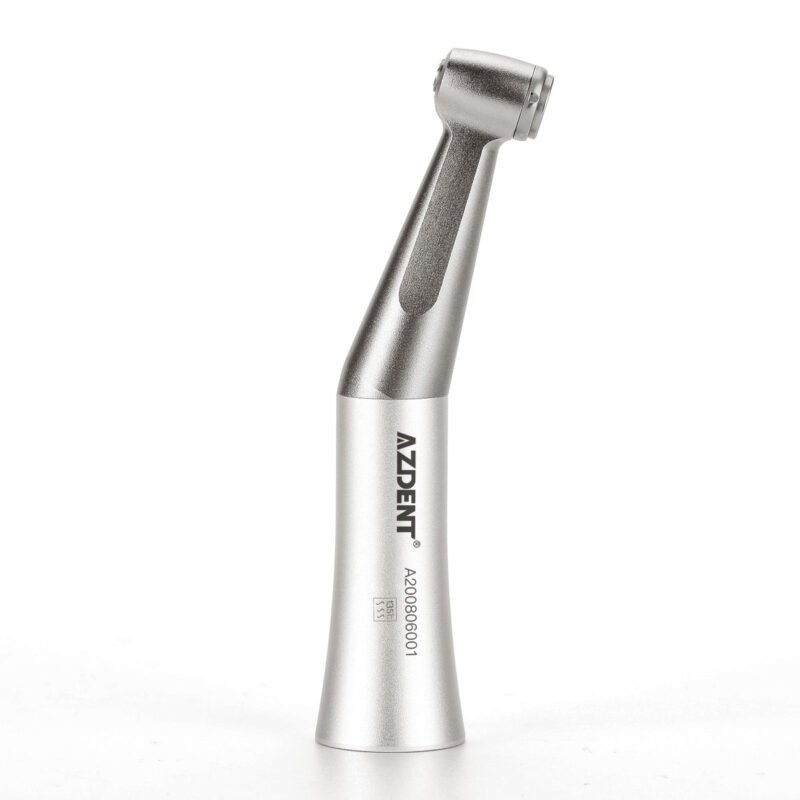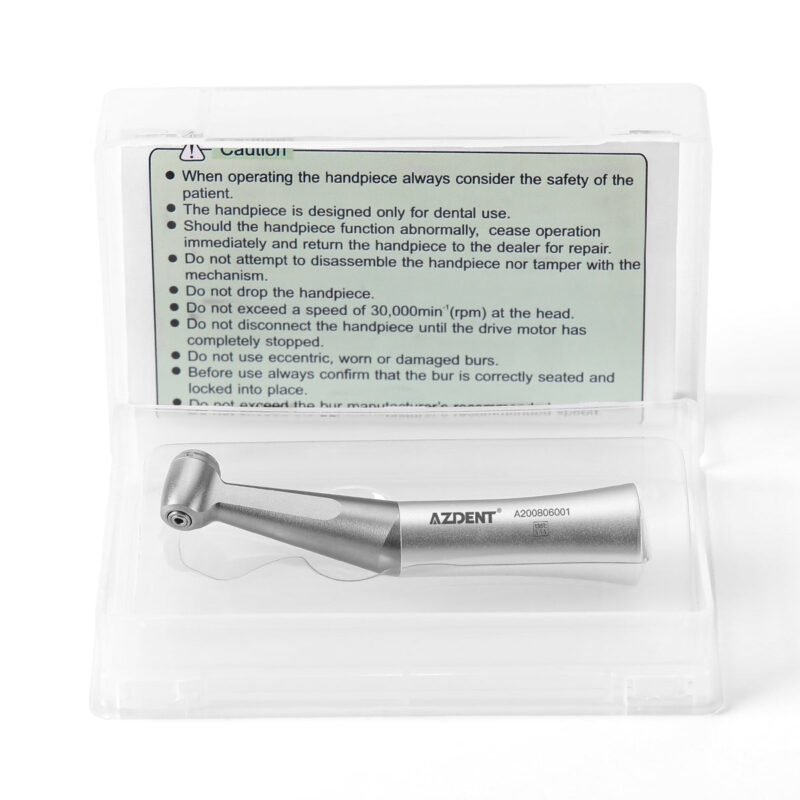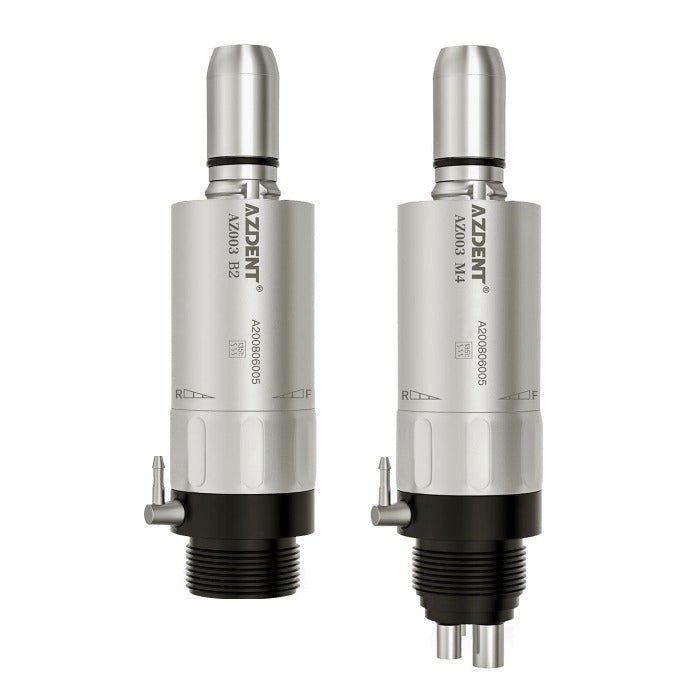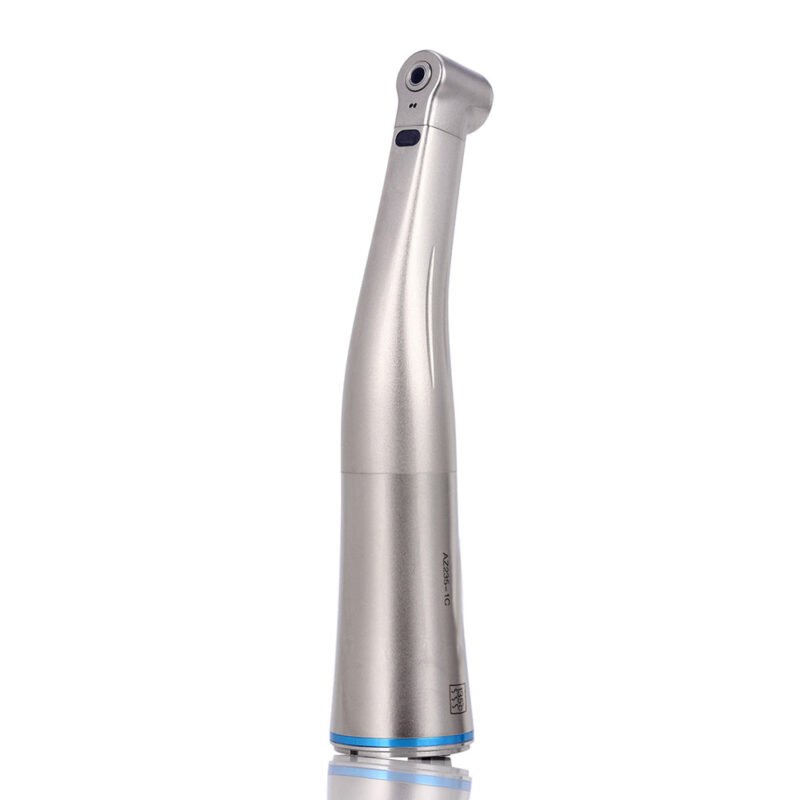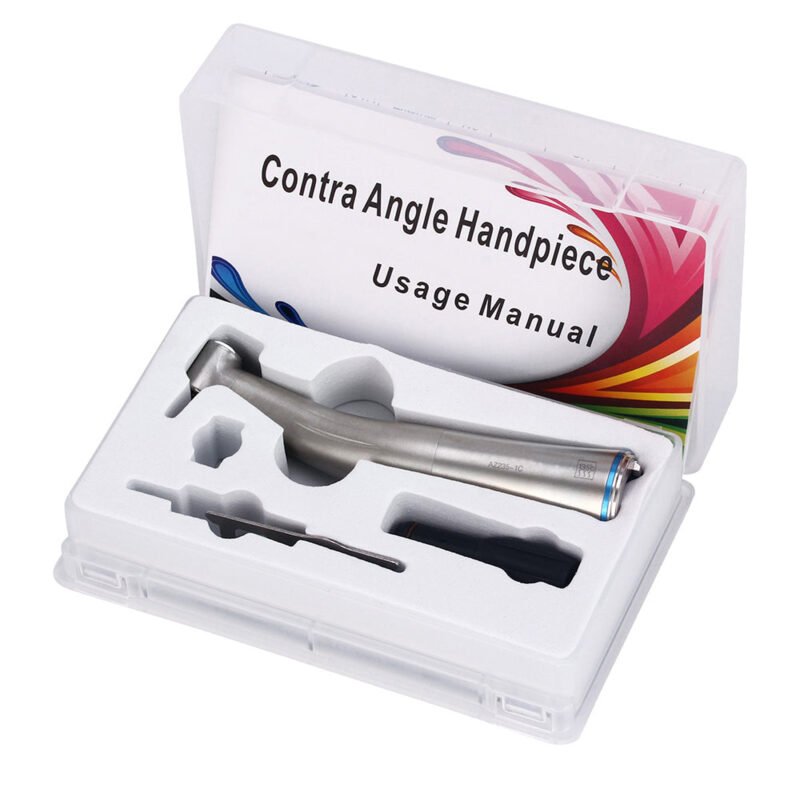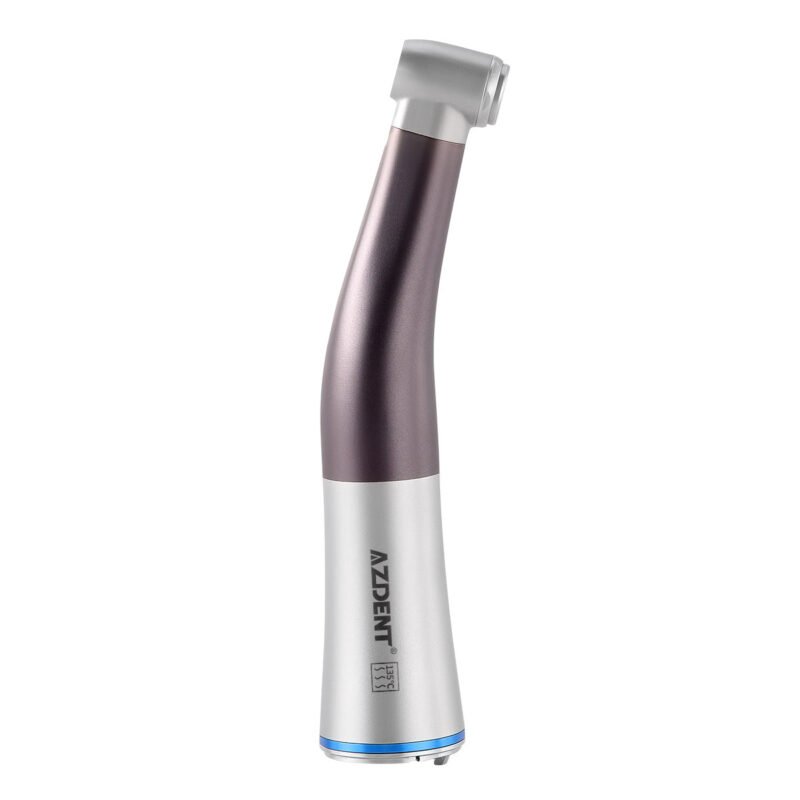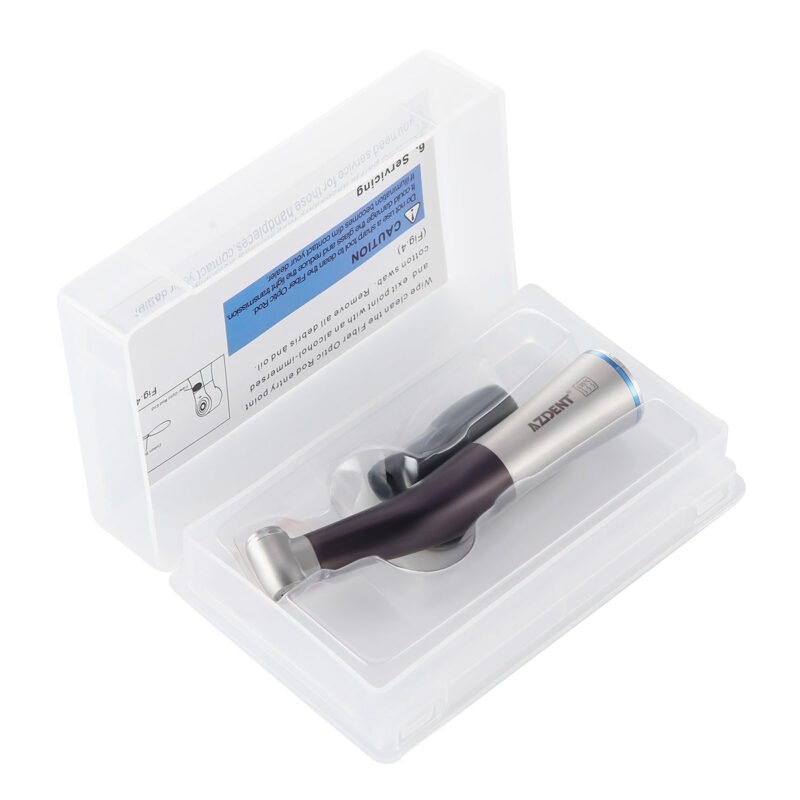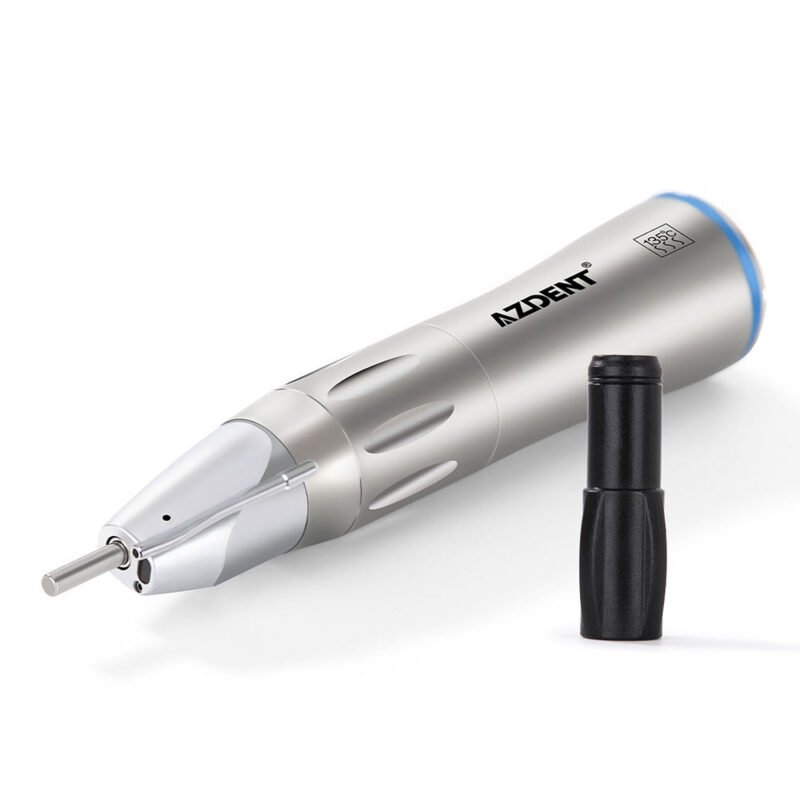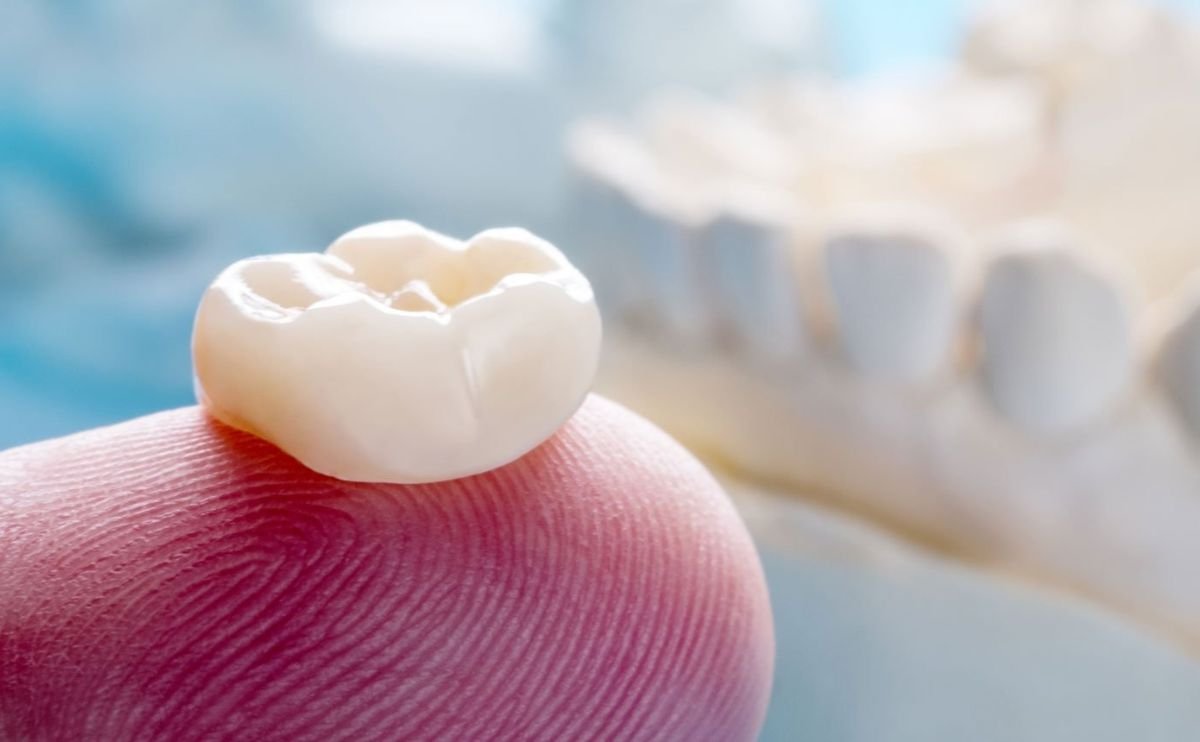How to Choose the Right Dental Handpiece for Your Practice
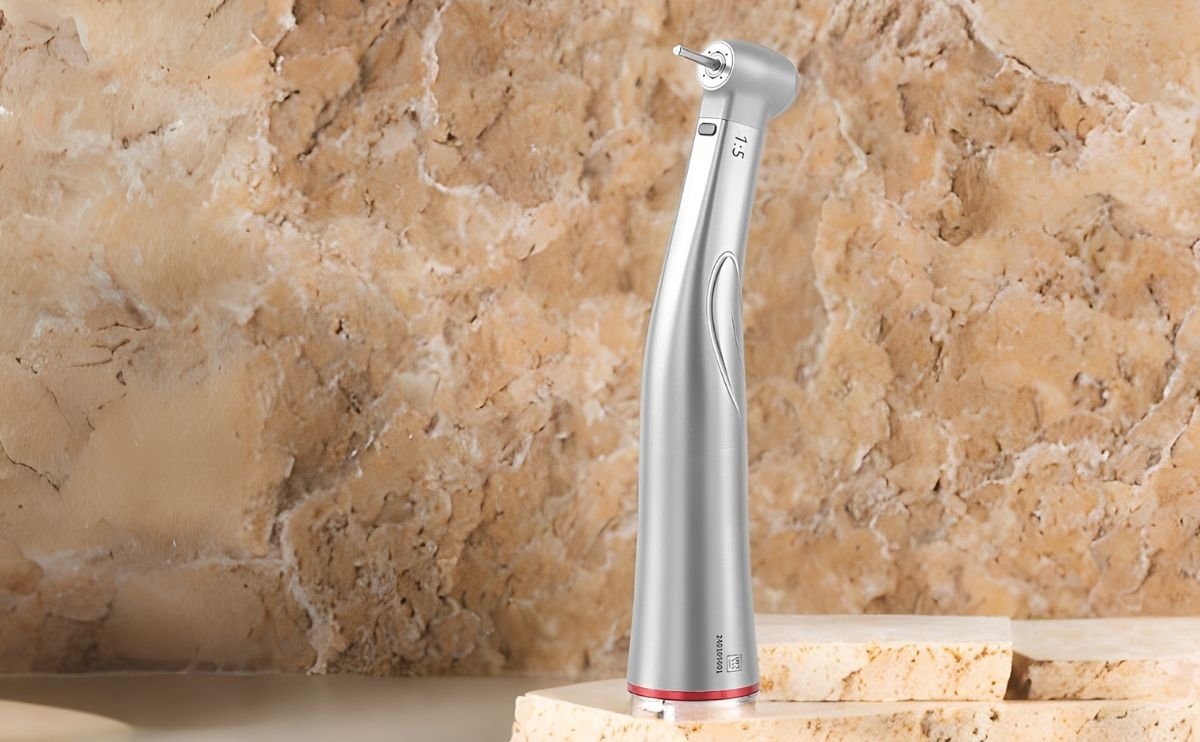
Selecting the perfect dental handpiece takes more than brand recognition or price—it’s about matching functionality to procedures, comfort, and long-term performance. Here are the most common questions dentists ask, paired with clear answers you can rely on.
What Types of Handpieces Are Available?
There are three main categories:
High-speed air-driven (turbine): Ideal for drilling or prepping with rotational speeds often exceeding 250,000 rpm. Light, compact, but torque decreases under load.
Low-speed air-driven: Great for polishing, endodontics, or other slower procedures with speeds between 5,000–40,000 rpm.
Electric handpieces: Powered by motor units, providing consistent torque, quieter operation, and excellent control during restorative or surgical work.
1:1 Dental Low Speed Contra Angle Handpiece Push Button For FG 1.6mm Bur
1:1 E-type Low Speed Air Motor External Water 2/4 Hole
1:1 Fiber Optic Contra Angle Handpiece Internal Water Push Button
1:1 Fiber Optic LED Low Speed Contra Angle Handpiece Push Button Internal Spray
1:1 Fiber Optic Low Speed Straight Handpiece Surgical With External Pipe
1:1 Fiber Optic Low Speed Straight Nose Cone Handpiece Internal Water
1:1 Low Speed E-type Air Motor Internal Water 4 Hole
1:1 Low Speed Handpiece & Air Motor Set With Internal Water Spray 4 Holes
1:1 Low Speed Push Button Contra Angle Handpiece External Water
1:1 Low Speed Push Button Contra Angle Handpiece Internal Spray
1:1 Low Speed Straight Nose Cone Handpiece With External Water Spray
1:1 Push Button Contra Angle Handpiece Internal Water
Dental handpieces are generally divided into two main categories: high-speed and low-speed. High-speed handpieces, often called turbines, are ideal for cutting enamel, removing decay, and crown preparations due to their fast rotation—often over 300,000 RPM. Low-speed handpieces, on the other hand, operate at lower speeds and are better suited for polishing, adjusting prosthetics, or working with soft tissue. Additionally, many clinics now prefer electric handpieces, which offer consistent torque, quieter operation, and greater control, especially during surgical or implant procedures. Choosing the right type depends on the procedures you perform most often.
Which Handpiece Is Best for Each Procedure?
| Procedure | Recommended Handpiece |
|---|---|
| Crown/cavity preparation | High-speed turbine |
| Endodontics, polishing | Low-speed attachment or contra-angle |
| Implant placement or surgery | Electric handpiece |
Matching the tool to the task improves speed, safety, and clinical outcomes.
What Features Matter When Buying?
Focus on these key attributes:
Speed & torque: High-speed is fast but low on torque; electric offers stable force even under pressure.
Weight & ergonomics: Lightweight, well-balanced handpieces reduce operator fatigue during long sessions.
Noise & vibration: Electric units typically run quieter—more comfortable for both staff and patients.
Head size: Smaller head improves access and visibility in posterior or pediatric use.
Maintenance & sterilization: Choose autoclavable models, easy to lubricate and service.
Air-Driven vs. Electric: Which One Is Right for You?
Air-Driven (Turbine)
Pros: Lightweight, cost-effective, easy to maintain
Cons: Less torque, more noise, performance drops under load
Electric Handpieces
Pros: Smooth operation, steady torque, versatile across tasks
Cons: Heavier, more expensive, requires more maintenanc
While air-driven handpieces remain a popular choice for general dentistry due to their light weight and affordability, electric handpieces are gaining ground thanks to their consistent torque and smoother cutting experience. Electric models maintain a steady speed regardless of resistance, making them ideal for procedures that require precision—like crown margins or implant site preparation. In contrast, air-driven tools may slow down under pressure, which can affect accuracy. If your practice focuses on restorative work or surgical procedures, investing in an electric system could significantly improve performance and patient comfort. However, for routine treatments and quick turnover, air-driven options still offer excellent value.
Pro Tips Summary
* Match handpiece type to procedure: turbine for speed, electric for torque.
* Prioritize ergonomics: comfort matters for long treatments.
* Test models before purchase to verify fit and feel.
* Choose models easy to sterilize and maintain.
* Check warranty, certifications, and local support availability.
How Often Should You Replace a Dental Handpiece?
Even the best dental handpieces have a limited service life, especially in high-volume clinics. On average, a well-maintained air-driven turbine may last 12 to 18 months, while electric handpieces can serve reliably for 3 to 5 years, depending on usage. Regular lubrication, proper sterilization, and timely replacement of O-rings and bearings can extend their lifespan. If you notice reduced torque, louder noise, or vibration, it may be time to repair or replace the unit. Keeping track of service intervals helps avoid unexpected failures and keeps your operatory running smoothly.






